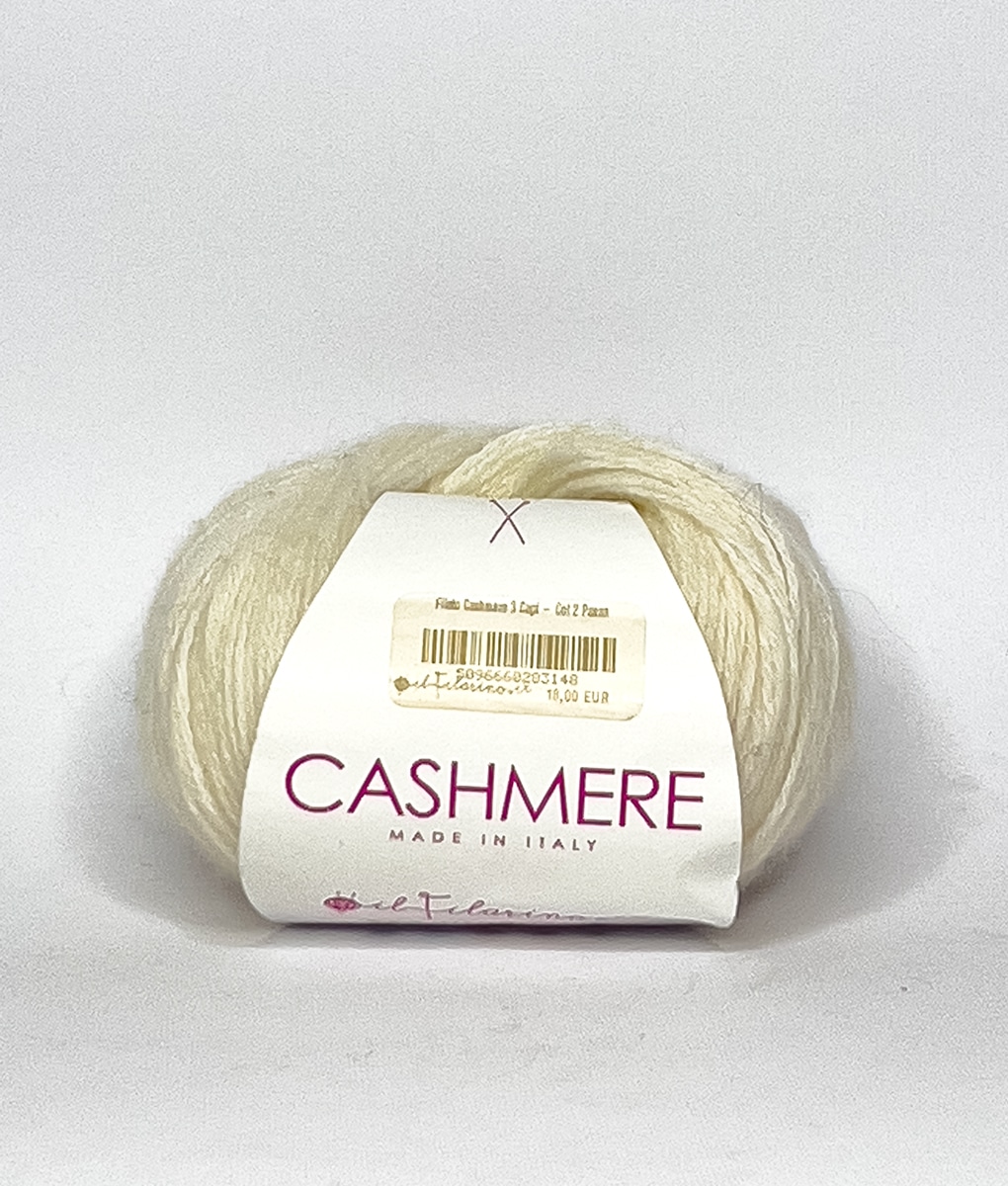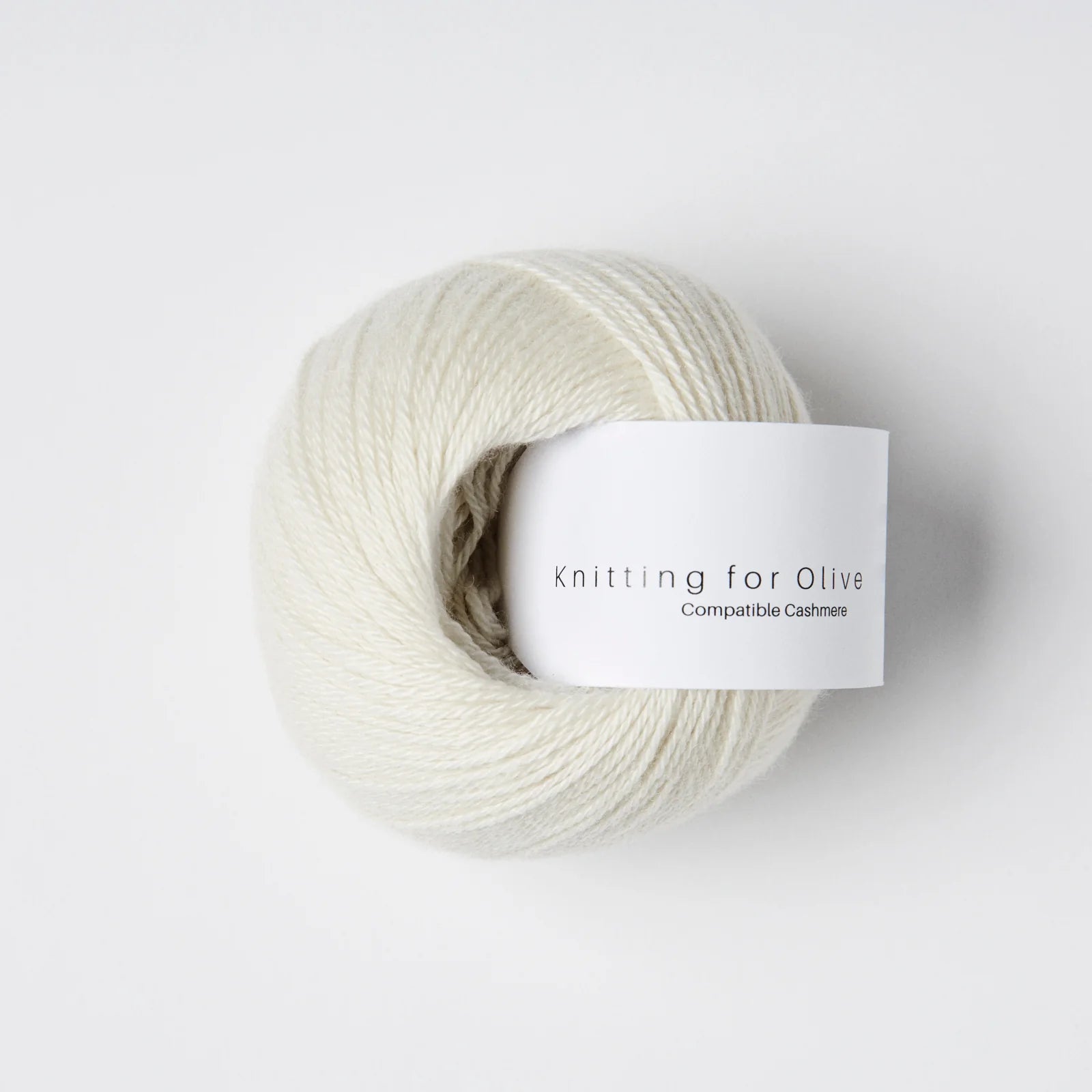Checking Out the Various Kinds Of Cashmere a Natural Fiber for Ultimate Deluxe
Cashmere, an all-natural fiber, is frequently associated with high-end and convenience. Nonetheless, not all cashmere is developed equal. From the richly soft Mongolian variety to the lightweight warmth of Indian Pashmina, each kind provides its own unique attributes and attraction. The extra affordable Chinese cashmere, the conventional Scottish version, and the high-end Italian mix, all tell a various story of this amazing fiber. As we unwind the globe of cashmere, a much deeper understanding of its true worth and refinement starts to arise.
Understanding the Extravagant Nature of Cashmere
Cashmere, often linked with luxury and convenience, holds an unique attraction in the world of natural fibers. Unlike other all-natural fibers, cashmere combines insulation with breathability, providing unparalleled convenience across varying temperatures. Its glossy surface and soft appearance add to its high-end allure, warranting the costs cost that frequently comes with cashmere garments.
Simply What Is Cashmere and Where Does It Come From?

Provided these phenomenal qualities, one may question the beginning and make-up of this lavish fiber. Cashmere is obtained from the soft undercoat of cashmere goats, largely discovered in Mongolia, China, Iran, and Afghanistan - is cashmere a natural fiber. These goats are adjusted to extreme climatic conditions, creating an incredibly great, soft underfur as a defense against the bitter cold. This underfur, or undercoat, is what is gathered for cashmere. Each springtime, when the goats naturally lost their winter coat, farmers comb the great underhair, leaving the coarser hair behind. This precise procedure adds to the scarcity and high price of cashmere. With its beginning in the harsh landscapes of Asia, cashmere is a testament to nature's ability to produce high-end from hardship.
Deciphering the Different Kinds Of Cashmere
Comprehending the different kinds of cashmere is essential to valuing the top quality and one-of-a-kind characteristics of this luxurious material. Usually, cashmere is categorized right into three types: raw, virgin, and reused. Raw cashmere is directly obtained from the goat and is unrefined. This type usually consists of contaminations such as dirt and crude hair. Virgin cashmere, on the other hand, is the pure, unrecycled product that is rotated into thread for the very first time. It is the softest and most luxurious. Ultimately, recycled cashmere is made from virgin product that has been formerly made use of. It is re-spun and made use of in creating lower-cost cashmere items. Decoding these types is the very first step in comprehending the exclusivity and value of cashmere.

The Distinct Attributes of Each Sort Of Cashmere
Having actually explored the various categories of cashmere, it emerges that each kind flaunts its unique set of characteristics. Mongolian cashmere, as an example, is renowned for its premium quality, as a result of Mongolia's extreme winters months that produce longer and finer fibers. Conversely, Chinese cashmere is commonly more affordable, though its much shorter fibers can minimize sturdiness. Scottish cashmere is celebrated for its elegant softness, an outcome of the typical water washing process using Scotland's soft water. Italian cashmere, at the same time, is famous for its masterful click for info mixing and coloring methods, providing it lively and functional. Finally, Indian cashmere, additionally called Pashmina, is treasured for its amazing agility and warmth. Each type, hence, adds to the material's reputation for deluxe.
Why Cashmere Is the Epitome of Deluxe in vogue
Cashmere holds an esteemed placement in the world of style, regarded as a sign of luxury and class click for more info (is cashmere a natural fiber). Cashmere is derived from the fine undercoat of Himalayan goats, known for their superior quality fiber. Cashmere's unrivaled convenience and toughness make it a popular material in the creation of premium garments.
The Process of Making Cashmere: From Goat to Garment
The journey of cashmere, from being an undercoat of a Himalayan goat to a lavish garment, is a complex one. With the introduction of spring, farmers in Mongolia and China collect the woollen by brushing the goats, making sure no harm is done. The gotten wool contains rugged external hair and soft downy undercoat. This blend is after that painstakingly separated, with only the soft down used for cashmere. This raw cashmere is cleaned, colored and rotated right into thread. The yarn is after that woven or knitted right into fabrics. The final step entails washing and pressing to offer the fabric its particular softness and warmth. From goat to garment, each step is a testimony to the virtuosity, persistence and skill involved in crafting cashmere.

Final Thought
In conclusion, cashmere, with its natural beauty and unequaled convenience, rules supreme in the globe of luxury style. The variety in types, varying from the soft Mongolian, lightweight Indian Pashmina, economical Chinese, conventional Scottish, to the vibrant Italian, exposes the versatility of this natural fiber. The meticulous procedure of transforming it from a goat to a garment better contributes to its exclusivity, making cashmere the epitome of refinement and high-end.
Cashmere, a natural fiber, is usually linked with luxury and comfort (is cashmere a natural fiber).Cashmere, usually associated with deluxe and convenience, holds an unique allure in the globe of all-natural fibers. Unlike various other all-natural fibers, cashmere combines insulation with breathability, supplying unparalleled comfort throughout varying temperature levels. Cashmere is her latest blog acquired from the soft undercoat of cashmere goats, mostly located in Mongolia, China, Iran, and Afghanistan. Cashmere is acquired from the fine undercoat of Himalayan goats, understood for their premium quality fiber